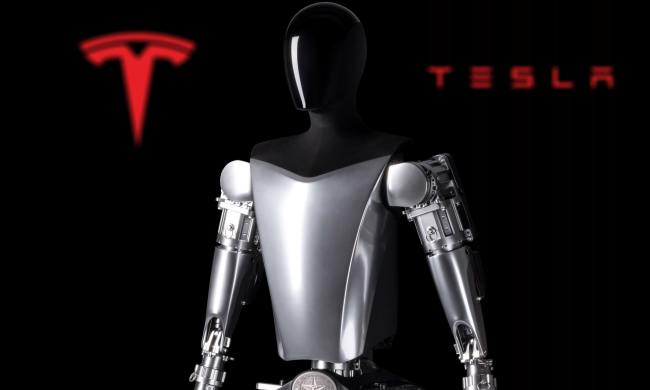When we first saw the Dodge Challenger SRT Hellcat, we were all very impressed, if not a little bewildered, at just how much horsepower was crammed under the hood. Apart from wondering how it handled both in the real-world and on the track, at no point were we thinking, “Wow that’s something. I wonder if they’ll ever add even more power.”
Well, someone at Dodge did just that. And as if the devil himself fiendishly put the idea into the heads of the engineers, the Dodge Challenger Demon was born.
Doing a 10-second quarter-mile run in the Demon is like skydiving sideways.
With a promise of 840 horsepower and 770 pound-feet of torque, the Challenger Demon has been presented first and foremost as a car made to smoke the competition at the drag strip.
We’ve driven the Challenger Hellcat and other iterations of Dodge’s muscle car before, in all sorts of conditions , so we’re skipping those impressions and going right to the point: finding out if the Challenger Demon is the straight-line rocket it’s meant to be.
The Devil’s plaything
First off, the 840 hp and 770 lb-ft of torque come by way of a supercharged 6.2-liter Hemi V8. Though derived from the Hellcat’s power plant, the Demon’s motor has seen some extensive development to hit the SRT team’s goals.
Among numerous tweaks, the motor gains a new 2.7-liter supercharger that now ups the boost delivered to 14.5 psi. The Demon’s rpm limit has increased to 6,500, and it’s now outfitted with a chiller, which essentially re-routes the cabin’s air conditioning refrigerant. Rather than simply keeping passengers cool, it helps cool the air going into the supercharger. This supports all the air coming through the huge whaleshark-like hood scoop, among all the other breathing apertures. There are even inlets where the fog lamps would usually be.
The engine is also ready to run on higher octane fuel than what you’d get at your corner gas station. In fact, you’ll need more to get all 840 horses out the gate. With just regular super unleaded, the Demon churns up only 808 hp and 717 lb-ft of torque, which is still … a lot.
All this power is delivered to the rear though an upgraded driveline by way of the Hellcat’s eight-speed automatic transmission, which now features Transbrake. This is a key component of the Demon’s drag strip party trick.
Hell’s bells and whistles
There are three ways to get the Demon to fly off the line. The first is the brake torque method, a handy way to get automatics to burn out by using the brake pedal. The thing is, the Demon can actually overpower the brakes if you try it. The second is launch control, where the driver can dial in the revs and let the on-board computer do all the calculations. It’s not as fun and you’re not getting the most out of the hellbent Hemi. Then there’s the Transbrake, which actually holds the car in place by locking the transmission output shaft before a standing launch.
Holy smokes!
Giving the Dodge Demon a chance to cut loose isn’t something to be done on the street, and there’s no question that the whole package has been tailored for the drag strip. Oh, and don’t let the “so fast it’s banned from drag racing” line fool you. It’s good marketing that makes the car sound naughty, like the “unrated” version of Eurotrip on DVD. What it actually means is that the NHRA certifies the car’s ability to run a quarter-mile under 10 seconds and exceed 135 mph, which means it’s subject to additional regulations (roll cage, a master cutoff switch, competition license, etc.) in order to be allowed to race.
In other words, Dodge did indeed build an off-the-shelf, street-legal, drag strip powerhouse, but in order to keep it practical, it’s left up to owners to fill in some of the gaps.
Rolling up to the starting lights at New Jersey’s Atco dragway, I was ready to fully utilize the Demon’s built-in tools to mask my amateur drag strip skill level. For instance, line lock was just an infotainment-screen tap away, and this made warming the tires in the burnout box a breeze. The Demon’s big party trick, though, is drag mode. This switches the traction control off, primes the front and rear shocks to counterbalance the sudden load shift, and engages Transbrake.
There’s no question that the whole package has been tailored for the drag strip.
The sequence is tricky at first, requiring the driver to pull back on the transmission paddles and hold the brakes down to start. It’s up to you to modulate the revs, keeping them between 1,500 and 2,350 rpms. From there, one paddle is released, and then the brake.
At this point, you’re holding the 840-horsepower Demon in check with one finger.
Almost by surprise, the Demon takes off at an incredible, unnatural rate. For someone whose drag racing experience is best described as “unofficial,” each launch elicited a wave of emotions that ranged from growing anticipation to shock, fear, and elation. For a drag-strip amateur like me, doing a 10-second quarter-mile run in the Demon was like skydiving sideways.
Drag mode stacks everything in your favor to execute the launch, but there are some things in play to keep you literally on the straight and narrow. Traction control is off, but electronic stability control is still there to help you avoid going sideways.
Dealers have already put in orders for both their lots and eager speedsters looking to possess the Challenger Demon (or be possessed by it). Prices start at $84,995, though options like a passenger seat – yes, that’s a $1 optional extra — will see that price go higher. Thrill-seekers with the money to burn, and who have made peace with their time on earth, should certainly look no further.







